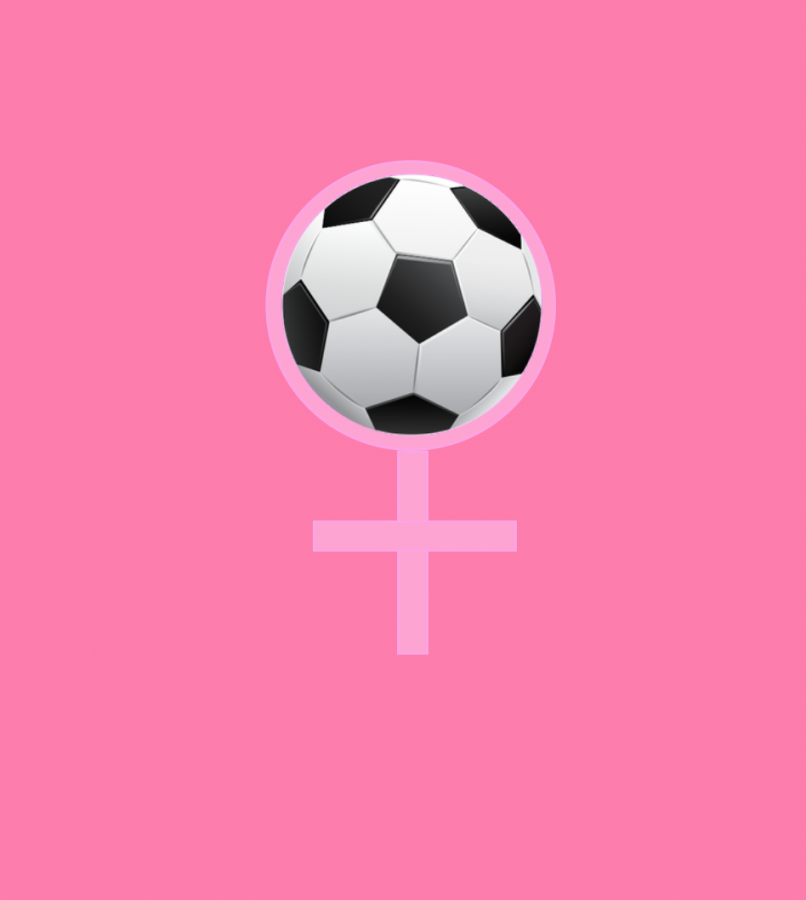Equal Play/Equal Pay: Why the USWNT deserves more.
Women’s Wednesday: For Women’s History Month, The Cat’s Eye View takes a look at the issues impacting women today.
Jenny Marcinkowski explores the issues facing female athletes during women’s history month.
March 4, 2020
After last year’s fourth World Cup win, the U.S. Women’s National Soccer Team (USWNT) has proved yet again that they are a force to be reckoned with. They have been ranked first 10 out of the last 11 years and their games have generated roughly $900,000 more in revenue than the men’s from 2016-2018. With all this being said, the USWNT is still getting paid significantly less than the USMNT (U.S. Men’s National Soccer Team) and similar cases are spread across many other sports.
“It’s absurd how a profession that is displayed on the world stage like this one has a wage gap this wide,” said senior Martha Kato. The USWNT took their case to court and described the pay gap issue they are facing. If both teams won 20 regular games each, an individual female player would only earn a maximum of $99,000, while an individual male player would earn a maximum of $263,320. This translates to $4,950 and $13,166 per game, respectively.
Furthermore, the prize money for all the teams in the women’s World Cup is $30 million, with $4 million being set aside for the team that wins. In comparison, the prize money is $400 million in the men’s World Cup, a revolting difference of $370 million. The women’s and men’s teams go through the same working conditions and duties, but in terms of performance, the women’s team has translated that hard work into World Cup titles, while the closest the men’s team has gotten to winning the World Cup was third place in 1930.
“It’s unfortunate that the women work so much harder, yet get paid significantly less than a team that doesn’t even make the world cup,” said senior Joanne Rosas. For the most part, the pay gap can be justified due to the amount of revenue the individual leagues generate for their organizations, but in the USWNT’s instance, they are making more. Individual player incomes differ based on sponsorships and other outside factors, but prize money is determined by the organization.
“Not only do women have to deal with so much more than men, they also get paid a lot less,” said sophomore Anthony Berrios. In other sports, besides tennis, the pay gap between females and males is significantly different. In Forbes’ annual highest-paid athletes’ list, 82% of the list was occupied by men. In contrast, many lists split the accomplishments of men and women as if they are not equal. When we perform this type of gender segregation, we take the stance that women do not deserve as much recognition as men. This discrepancy points to a larger issue among gender roles in our country.
In the education field, Title 9 forces schools to spend equally among men’s and women’s athletics. Within Becton, the administration and PR put the focus on both gender’s accomplishments and provides an equal playing field for all students. Maybe the USWNT could take a pointer from secondary education and value their players equally, regardless of gender.




